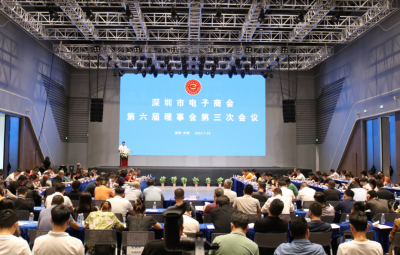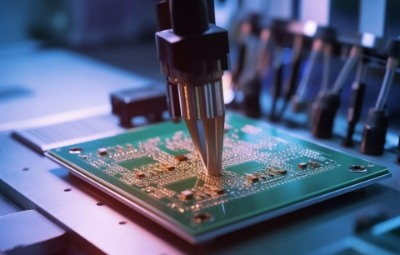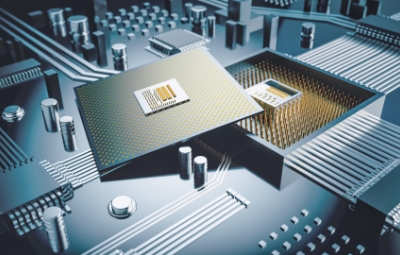Preface: The previous article introduced the amplifier chips in our company's signal chain chips. Today, let's continue to introduce another important type of chip, the RTC real-time clock chip.
The abbreviation for Real-Time Clock is RTC. RTC is an integrated circuit, commonly known as a clock chip. Real-time clock chips are one of the most widely used consumer electronic products in everyday life. They provide people with accurate real-time time or provide an accurate time reference for electronic systems. Most real-time clock chips use high-precision crystal oscillators as the clock source. Some clock chips require an external battery supply to work when the main power is lost.
01
—
Working Principle
Real-time clocks mainly provide a time reference for various electronic systems, and MCU, MPU, and CPU all rely on RTC circuit design. Usually, the RTC integrated inside the chip is called an on-chip RTC, while the RTC extended outside the chip is called an external RTC. The clock chip (RTC, Real Time Clock/Calendar) uses phase-locked loop technology (PLL) to generate clock signals, which can control the timing between different components to ensure normal digital circuit operation. A crystal oscillator is a passive component based on electrical characteristics that generates a stable oscillation signal by using the crystal oscillation method.
02
—
Classification of RTC Real-Time Clock Chips
According to the bus interface, there are two types of RTC real-time clock chips: I2C and SPI. I2C interface chip models include:
1. XBLW DS1307 is a low-power, full BCD code clock calendar real-time clock chip with 56 bytes of non-volatile RAM. Address and data are transmitted over a two-wire bidirectional serial bus. The chip provides information such as seconds, minutes, hours, days, date, month, and year. The number of days in each month can be automatically adjusted, and it has a leap year compensation function. The AM/PM flag determines whether the clock operates in 24-hour or 12-hour mode. The chip has a built-in power sensing circuit with power-down detection and battery switching functions.
- Operating voltage: Main power supply voltage 4.5~5.5V, battery voltage 2.0~3.5V
- Power consumption: <500nA in battery-powered, backup mode
- Interface: I2C, maximum speed 100kbps
- Programmable square wave output
- Automatic power switching, failure detection
- Built-in 56-byte size, supports battery backup RAM
- Packaging: SOP-8 DIP-8
The connection with Arduino uses the I2C interface. The SQW/OUT pin is also open-drain (open-drain) design and requires a pull-up resistor.

2. XBLW PCF8563 is an industrial-grade multifunctional clock/calendar chip with an I2C bus interface function and extremely low power consumption launched by our company. PCF8563's various alarm functions, timer functions, clock output functions, and interrupt output functions can complete various complex timing services and even provide watchdog functions for microcontrollers. It is a cost-effective clock chip that has been widely used in products such as electricity meters, water meters, gas meters, telephones, fax machines, portable instruments, and battery-powered instruments and meters.
Main features include:
- Wide voltage range 2.5~5.5V, reset voltage standard value Vlow=0.9V.
- Ultra-low power consumption: Typical value of 6uA (VDD=3.0V, Tamb=25℃)
- Four kinds of alarm functions and timer functions.
- Built-in reset circuit, oscillator capacitor, and power-down detection circuit.
- Open-drain interrupt output.
- Packaging; sop-8 TSSOP-8
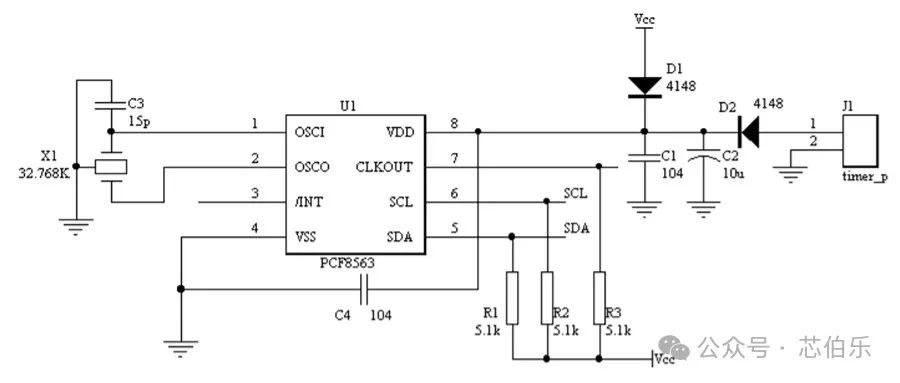
03
—
SPI bus interface RTC real-time clock chip DS1302
The chip includes a real-time clock/calendar and 31 bytes of static random access memory. It communicates with the microprocessor through a simple serial interface. The real-time clock/calendar provides information such as seconds, minutes, hours, day, month, week, and year. For months with fewer than 31 days, the end-of-month date will be automatically adjusted, including correction for leap years. The clock operates in either 24-hour or 12-hour format, with an AM/PM indicator.
Main features:
- Real-time clock calculates year, month, day, hour, minute, second, week until 2100, with leap year adjustment function
- 31 x 8-bit general-purpose scratchpad RAM
- Serial input/output, minimizing the number of pins
- Wide voltage range operation from 2.0V to 5.5V
- Working current less than 300nA at 2.0V when reading or writing clock or RAM data, with single-byte or multi-byte (burst mode) data transfer methods
- 8-pin DIP package or optional 8-pin surface mount SOP package
- Simple 3-wire interface compatible with TTL (VCC = 5V)
- Industrial temperature range: 0°C to +85°C
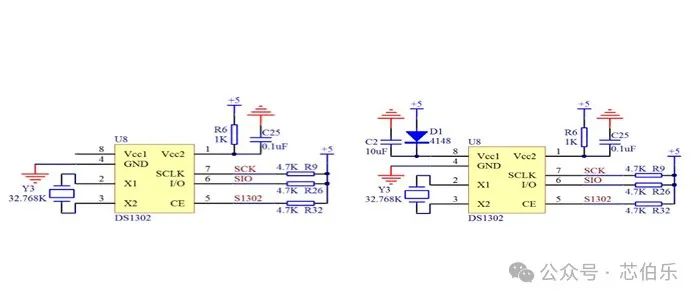
In summary, the RTC real-time clock chip is an integrated circuit chip mainly used to provide high-precision time and date information. It has functions such as precise timing, clock adjustment, and power management, and is widely used in various electronic devices. Through the RTC chip, device time synchronization, power management, and work time control can be achieved, improving the efficiency and energy utilization of the device.
Recommend News
-
Phone
400-9682 003

